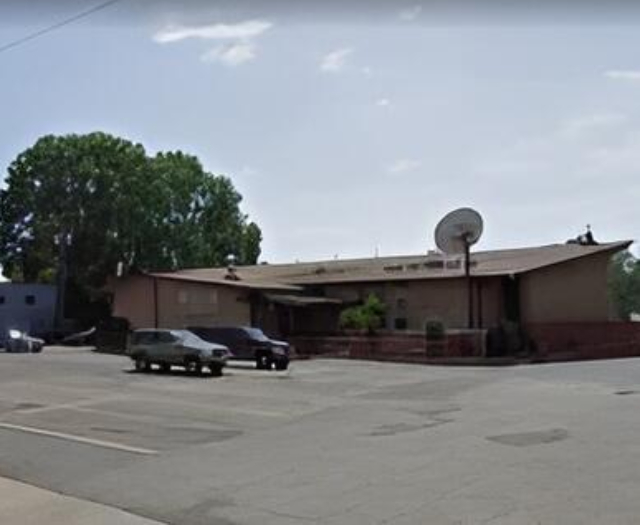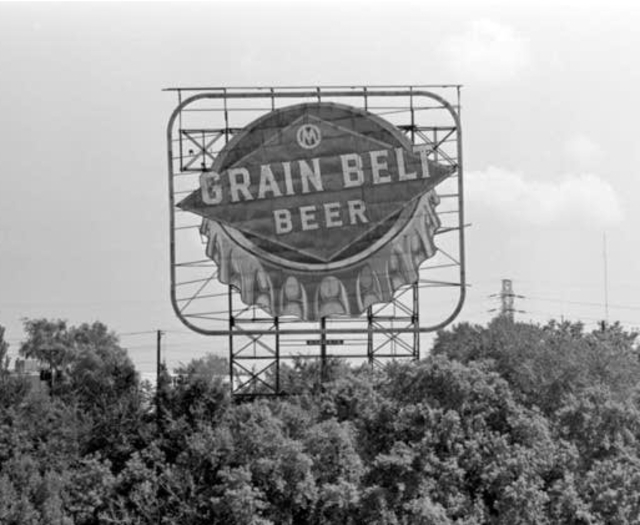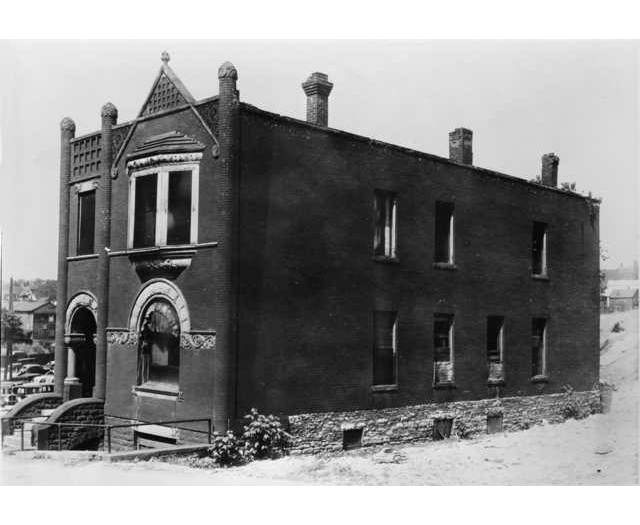William R. Merriam Mansion (1882 - 1896)

Around 1880, developers flattened the summit of Sherburne Hill — an elevated ridge located immediately north of the future third State Capitol — and began offering prime lots to wealthy estate builders. Two years later, William R. Merriam, son of Merchants’ National Bank President John L. Merriam, selected one of these choice plots and commissioned twenty-four-year-old architect Clarence Johnston to design his residence. The result was a luxurious Queen Anne-style home overlooking downtown, marking Johnston's first significant commission.
Constructed at a cost of $30,000, the two-and-a-half story house at 25 University Avenue East featured vibrant red brick with white sandstone trim. It boasted a large bay window, porches adorned with intricate spindle work, a covered driveway, and a distinctive roofline with elaborate design elements. Inside, the home showcased an abundance of oak, maple, butternut, and cherry woodwork.
Merriam was born in the small community of Wadhams Mills, New York, on July 26, 1849. He moved to St. Paul with his family in 1861. At age fifteen, he left home to attend Racine Academy in Racine, Wisconsin. Merriam graduated from Racine College in 1871 as valedictorian and shortly thereafter returned to St. Paul to work as a clerk for the First National Bank. The following year, he married Laura Hancock, niece of Civil War Major General Winfield Scott Hancock, in the city. The couple eventually had five children.
In 1873, Merriam joined Merchants’ National Bank in St. Paul as cashier, a position he secured with the help of his father, who was instrumental in establishing the bank. He was promoted to vice-president seven years later and succeeded his father as president four years after that. Merriam also began a career in politics by supporting several Republican candidates before running for office himself. He was elected to the state House of Representatives in 1882 and 1886, serving two terms and holding the position of Speaker of the House during his second term.
Business and political successes in the 1880s elevated Merriam and his wife, Laura, to prominent social standing. Their home became a lively hub, frequently hosting extravagant parties and welcoming dignitaries passing through the city. An invitation to the Merriam mansion was considered a high honor.
Merriam made a successful bid for governor in 1888, defeating incumbent Andrew McGill for the Republican nomination. At just forty years old, he was elected Minnesota's eleventh governor on November 6, 1888, and assumed office on January 9, 1889, becoming the youngest person to hold the position. Merriam served two terms, ending his tenure on January 4, 1893.
In the early hours of April 10, 1896, sometime shortly after 3:00 AM, fire broke out at the mansion. The heat from the blaze triggered the electric doorbell, waking watchman Dennis McCarthy, who was asleep in his first-floor quarters. After quickly getting dressed, he started for the front door to meet what he assumed was an early visitor. However, upon leaving his room, he was engulfed by thick, suffocating smoke. At the time of the fire, Mrs. Merriam and the children were in Thomasville, Georgia, and William Merriam was staying at the nearby Aberdeen Hotel.
McCarthy ran to a nearby fire alarm call box at the corner of Jackson and Valley streets to report the fire. However, the person in charge had misplaced the key, and it took nearly twenty minutes to find a replacement. The message finally went out at 3:32 AM. By the time the fire department had arrived, flames had not only ravaged the first floor but spread to the mansion’s upper levels.
Fighting the fire at such an advanced stage proved difficult. Eventually, firefighters penetrated the dense smoke surrounding the home. They tore down the iron grating over basement windows and cut a large panel through the heavy oak front door to gain access. This allowed them to attack the blaze from multiple points.
By 6:00 AM, the fire was under control. It was believed to have started near the basement furnace, directly underneath the home’s main hallway — although the furnace itself had not been used in over a week. While most of Merriam’s valuable paintings were saved, the home was destroyed and razed. The loss was estimated at $40,000.
This work is licensed under Creative Commons BY-NC 4.0.
Bibliography
-
"William Rush Merriam of Wadhams: Minnesota Governor and More." Adirondack Almanack. Last modified April 21, 2014. LINK
-
"Merriam's Overlook: Secret Ruins Give Clues to an Opulent Past." Forgotten Minnesota. Last modified July 8, 2024. LINK
-
Once There Were Castles: Lost Mansions and Estates of the Twin Cities. Minneapolis: University of Minnesota Press, 2011.
-
"Merriam, William Rush (1849–1931)." MNopedia | Minnesota Encyclopedia. Last modified June 23, 2011. LINK
-
"Merriam, William Rush 'Wm. R., W.R.' - Legislator Record - Minnesota Legislators Past & Present." Legislative Reference Library - Minnesota Legislature. Accessed September 1, 2024. LINK
-
"Fine House Ruined." April 11, 1896, 10.
 Minnesota Then
Minnesota Then


